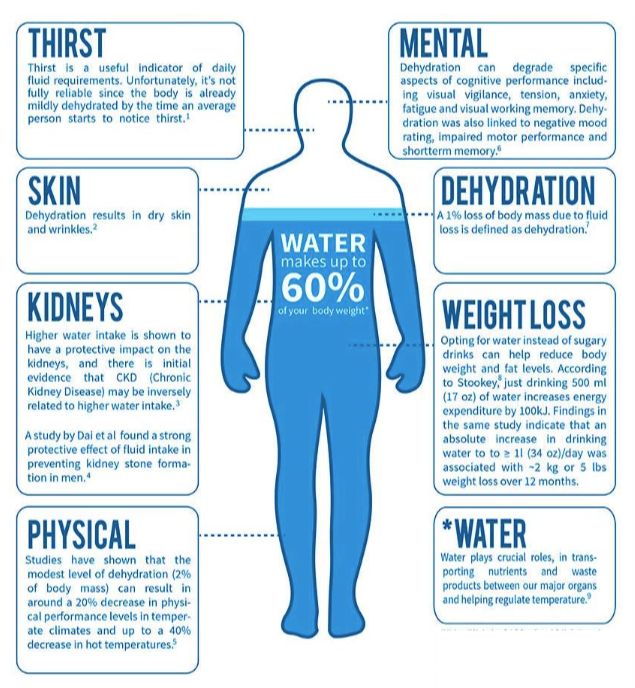Stress is the body’s natural response to physical and mental demands. According to the American Psychological Association, 69% of employees named their jobs as a significant source of stress.
Stress is a serious workplace health issue. While it is a state of being, not an illness, excessive or prolonged stress levels can contribute to or aggravate various mental or physical illnesses.
In this article, we’ll look at work-related stress, its causes, how to recognize it and how to manage it.

Takeaway: The first step is learning to recognize the signs of stress.
What Is Work-Related Stress?
Work-related stress is an adverse reaction to excessive pressures or other types of demands experienced at work.
Common causes of work-related stress include:
- Deadlines
- Large and difficult to manage projects
- Lack of control
- Absence of support
- High expectations
- Bullying
- Antagonistic workplace culture
Because our brains don’t always sort personal stress from work-related stress, the mental load from personal struggles can carry over into work, causing otherwise non-stressful work responsibilities to become a source of stress.
Causes of Work-Related Stress
Managing stress at work begins with identifying the stressors present in the workplace and how they are related to one another.
Here are some of the major sources of work-related stress.
Organizational Factors
Poorly designed work processes, workplace organization, and management structures can place stress on workers. These factors include:
- Unreasonably high demand placed on workers
- Employees lack control over their work and have no say in how the work should be performed
- Insufficient support for workers, including inadequate information
- No clear understanding of worker’s roles and responsibilities
- Organizational changes occur without giving affected employees sufficient support, communication, or advance notice
- Workers are subjected to bullying, harassment, or other forms of psychological or physical abuse
Individual and Personal Factors
Problems outside of work can also contribute to work-related stress or make it difficult to cope with the pressures of work. These stressors include:
- Tense personal relationships
- Financial strain
- Health factors, including insomnia and chronic physical aches
- Personality traits
Impact of Work-Related Stress on Workers and Organizations
Many workers don’t realize that their stress levels can affect their physical health. Work-related stress can contribute to headaches, fatigue, and nausea.
High levels of stress can also lead to unhealthy behaviors and habits like smoking, binge eating, inactivity, and excessive alcohol consumption.
And of course, stress can have psychological effects, potentially leading to inability to concentrate, depression, or suicide.
In addition to these very serious effects, employers are also affected by their workers’ elevated stress. Research has shown that job stress costs American businesses an estimated $300 billion annually due to absenteeism, diminished productivity, employee turnover, and direct medical, legal, and insurance fees.
(See stress prevention at work checkpoints for related reading.)
Recognizing the Signs of Work-Related Stress
Stress can be expressed subtly and is often difficult to detect. Still, when an employee experiences high levels of stress, it manifests in a cluster of noticeable symptoms. Here are some of the ones to look out for.
Emotional Symptoms
- Negative or depressive feelings
- Increased emotional volatility
- Being withdrawn
- Loss of motivation, commitment, and confidence
- Mood swings
Mental Symptoms
- Confusion
- Difficulty concentrating
- Poor memory
(Read More Promoting Mental Health in the Workplace )
Deviations from Normal Behavior
- Eating habits
- Increased smoking, drinking, or drug use
- Disrupted sleep patterns
- Twitching and nervous fidgetting
- Absenteeism
What Can Employers Do?
Employers need to take proactive steps to manage and reduce stress levels in their workplaces.
According to the Centers for Disease Control and Prevention, these are some of the steps employers can take:
- Ensure that the workload is in line with workers’ capabilities and resources
- Clearly define workers’ roles and responsibilities
- Establish work schedules that are compatible with demands and responsibilities outside the job
- Design jobs to provide meaning, stimulation, and opportunities for workers to use their skills
- Give workers opportunities to participate in decisions and actions affecting their jobs
- Improve communications to reduce uncertainty about career development and future employment prospects
- Provide opportunities for social interaction among workers
Managing Your Work-Related Stress: Tips for Employees
Is work stressing you out? The American Psychological Association recommends that you do the following:
- Get to know yourself: be aware of your stress levels and identify the workplace features that make you feel stressed
- Take short breaks: stay energized and productive by taking a break for a minute or two periodically throughout the work day – stretch, take a deep breath, and shake off the accumulated tension
- Find healthy ways to manage stress: take steps to replace unhealthy coping strategies with healthier behavior like exercise, meditation or spending time with friends and family
- Take care of yourself: eat well, get enough sleep, drink plenty of water, and engage in regular physical activity
- Ask for professional support: look into any stress management or mental health resources available through your employee assistance program and see a mental health profession if needed
Under Pressure?
There is no simple solution for work-related stress. The causes are often subtle and the effects can be chronic, which can make it difficult to link the symptoms to the causes. This, however, does not excuse employers from the responsibility of protecting their workers’ mental health.
So make sure you know the signs, identify the stressors in your workplace, and take proactive steps to ensure that the work your employees do does not put undue pressure on them.



